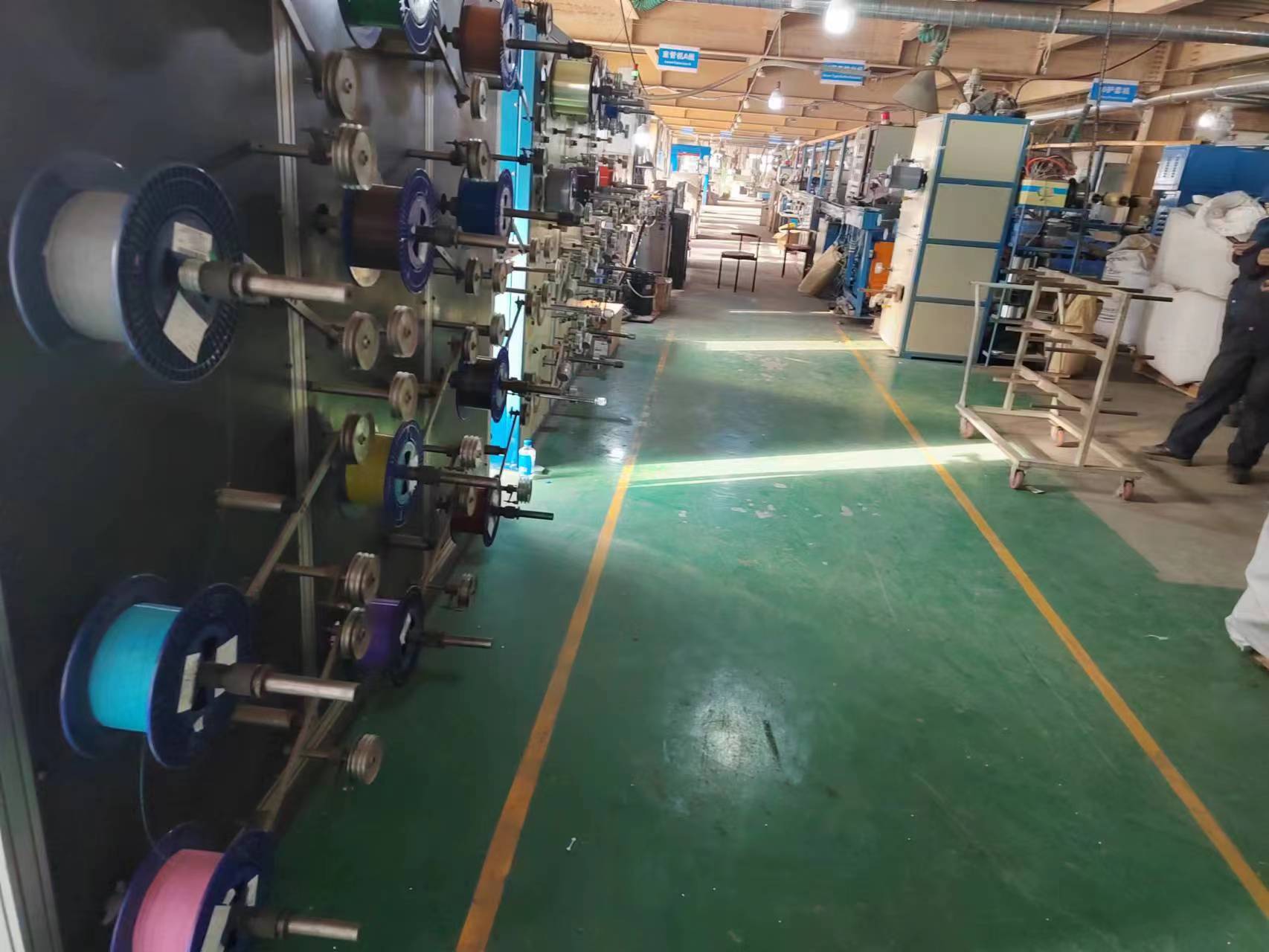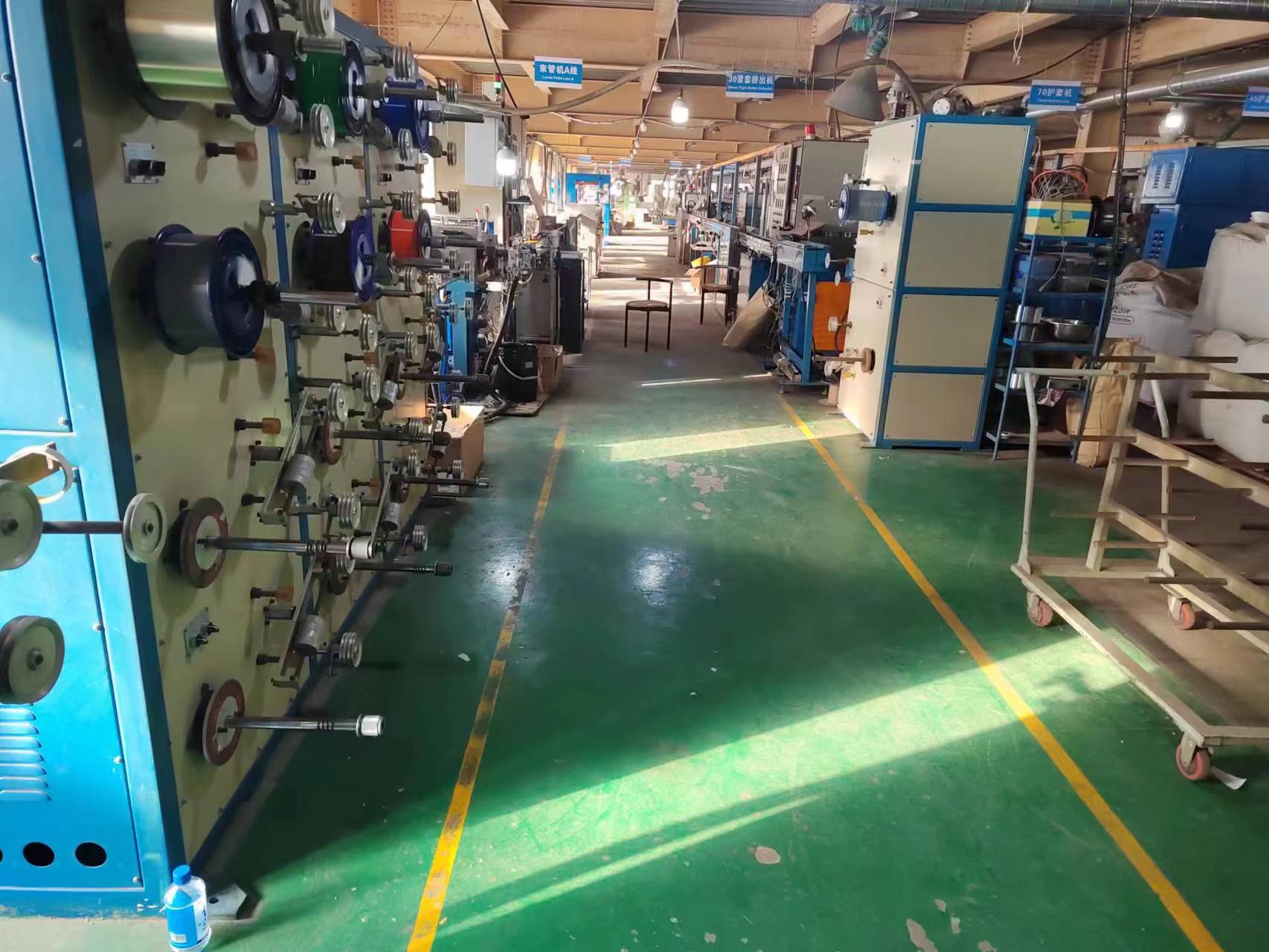Oufu Optical Fiber Cable Co.,Ltd
Address: Shenyang, Liaoning, China
Contact person: Manager Zhang
Phone: 400-964-1314
Mobile phone: +86 13904053308
【whatsapp && wechat】
2025-05-20 5364
Fiber optic infrastructure is essential in the transmission of data of all kinds, both for the long haul and shorter distances in cities. Optical fibers are also preferred for data infrastructures inside buildings, especially in highly secured organizations and government facilities. This paper focuses on a reference measurement and analysis of optical fiber cables sensitivity to acoustic waves. Measurement was carried out in an anechoic chamber to ensure stable conditions of acoustic pressure in the range from 20 Hz to 20 kHz. The frequency response, the signal-to-noise ratio per frequency, and the Speech Transmission Index are evaluated for various types of optical fiber cables and different ceiling tiles, followed by their comparison. The influence of the means of fixing the cable is also studied. The results prove that optical fiber-based infrastructure in buildings can be exploited as a sensitive microphone.
Nowadays, optical fibers are increasingly often used for both data and non-data transmission. Many research groups focus on protection of fiber based infrastructures against data eavesdropping that can be done by several techniques. Some data transmissions are not encrypted and even if they are, there is a high risk that in near future, these data will be decryptable by quantum computers. Therefore, the hot topics today are quantum encryption and post-quantum encryption. A relatively unexplored area is fiber optic sensing for vibrations in the acoustic, thus, audible spectrum.

Mechanical vibrations and acoustic noise acting on the optical fiber cause changes in the strain and the refractive index of the fiber core. These changes can subsequently be detected by several methods and converted into an electrical signal followed by acoustic reproduction. Information such as the audio component of a video call, a conversation between people in a room or a phone call can be intercepted even before it is converted into digital form and encrypted. Thus, optical fiber infrastructures, mainly inside buildings, can be used as sensitive microphones, posing a significant security risk. The roots of fiber optic acoustic sensing date back to the 1970s, when the first audible sound sensing experiments were realized. Acoustic sensing has recently been a highly studied area because of the security of fiber optic based information systems and networks. Acoustic sensing techniques can be divided on the basis of the methods used.
www.adsscable.cn
Fiber strain changes can be detected in Rayleigh backscattering. The distributed acoustic sensing technique (DAS) uses this effect, where a coherent laser pulse is transmitted along an optical fiber. The scattering spots in the fiber cause the fiber to act as a distributed interferometer. The intensity of the reflected light is measured as a function of time after transmitting the laser pulse. DAS detects pico-strain-level signatures in the fiber induced by vibroacoustic disturbances caused by an event near the optical cable. These perturbations change the scattering in the fiber core at a molecular scale, originating from the sub-wavelength heterogeneities formed when the fiber is drawn. Further research is focused on the Phase-sensitive Optical Time-Domain Reflectometry (Φ-OTDR) technology.

Changes in the refractive index of the fiber core caused by external mechanical vibrations and acoustic noise lead to Doppler shifts of light waves travelling through an optical fiber. This phenomenon can be explained as a Doppler effect in a flexible and expandable waveguide. Doppler-induced frequency or phase shift of a propagating light wave is detectable in schemes of optical interferometers where the instantaneous interference phase in the time domain is converted to the electric signal. The frequency shift is detectable in an arrangement Fabry–Perot (FPI), Mach–Zehnder (MZI) or Michelson (MI) interferometers formed by optical fibers with necessary optical elements included in the optical setup.
The FPI is very often used for the arrangement of point-optical microphones. Variety of FPI based microphone designs are available and dependences of the cavity length and the materials used can be compared. Such microphones can also be used for multipoint sensing, for example, using a 1:4 splitter.
A special use of the FPI is possible where the multimode–singlemode–multimode (MSM) structure and direct measurement detection are used to detect acoustic vibrations. Fiber Bragg grating (FBG) microstructures incorporated in the sensing optical fiber can be used as mirrors for the FPI where an optical cavity is formed between two or more FBGs. The FPI arrangement is suitable for the use as microphones and hydrophones as well. Several works based on the FPI arrangement have been devoted to voice sensing with ethylene propylene diene terpolymer film and the aluminium surface and based on cellulose triacetate diaphragm. There are also unique variants of the detection schemes in the arrangement with the FPI. They include an experiment using a laser feedback interferometer, where changes of the refractive index of the sensing fiber lead to changes of optical frequency of the detecting laser. An important disadvantage of the FPI-based techniques for acoustic sensing is the limited possibility of measuring at one only or very low number of points on the optical fiber. The other disadvantage is the need for a specially modified fiber, e.g. with FBG microstructures.www.adsscable.cn
Arrangements using the MZI for acoustic sensing are used for example, it is possible to use microfiber MZI which again requires a special fiber, or to use conventional fibers for acoustic monitoring of gas turbines. It is also possible to use the open cavity and the collimators in the sensing arm of the MZI for sound sensing.
Arrangements of the MI are often used as hydrophones sensing ultrasound but also as sensors for audible frequencies. Implementations in sensing seismic vibration have been also reported as well as possible use in monitoring of marine structures. It is also worth noting that research is carried out that deals with improving the noise stability of the MI. The star topology of the fiber optic infrastructure inside buildings gives the opportunity to build the MI arrangement. A single optical fiber usually runs from the room with the central optical switch to the room with a piece of terminal equipment. The fiber can thus sense acoustic signals along its entire route and can be connected as a measuring arm of an MI arrangement.

In this paper, we set up an experimental MI that allows the detection of acoustic signals through an optical fiber guided by different types of corridors. We focused on measuring the sensitivity of this arrangement to defined acoustic signals in a fully anechoic laboratory. The experiments examined the influence of several factors such as the optical fiber position and types of optical fibers on the quality of the detected signal regarding a level of speech intelligibility. The properties of the acquired signals were analyzed, the individual measurements’ frequency responses were compared, and signal-to-noise ratios were investigated. In our work, we also measure and evaluate the Speech Transmission Index (STI), which is the prevailing way to objectively assess the expected intelligibility of speech signals after passing through a system.